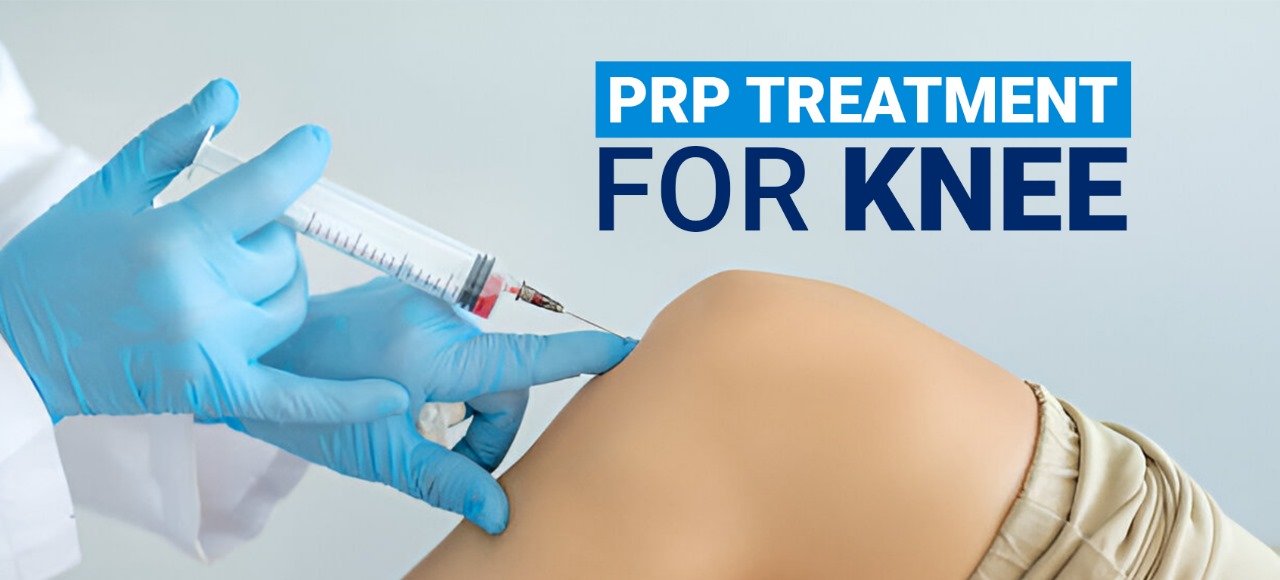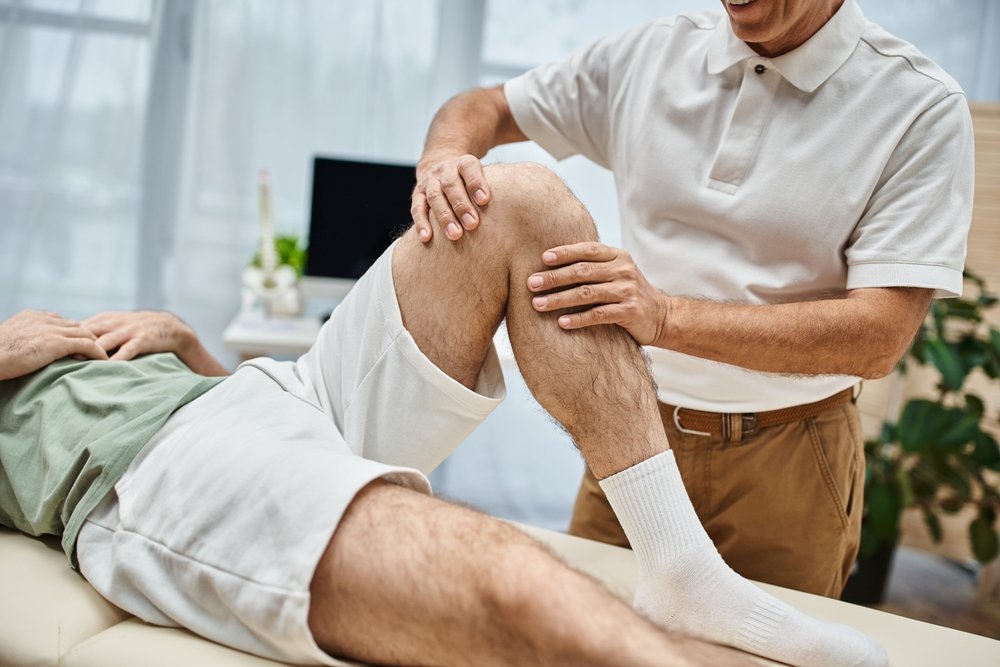

PRP Treatment for Knee in Thane: A Non-Surgical Solution for Knee Pain Relief
Knee pain can significantly impact your daily life and mobility. However, PRP treatment for knee in Thane offers an innovative, non-surgical solution to effectively manage knee pain. If you’re searching for PRP treatment for a knee near me in Thane, this therapy could be a game-changer.
What is PRP Treatment?

Platelet-rich plasma therapy for knee pain in Thane involves drawing a small amount of your blood, processing it to concentrate the platelets, and then injecting it into the affected knee joint. These platelets are rich in growth factors that accelerate tissue repair, reduce pain, and improve joint function. This natural healing process leverages your body’s own cells, minimizing the risk of side effects.
Introduction to PRP Treatment for Knee
If you’re struggling with persistent knee pain, consider PRP treatment for knee in Thane, a revolutionary non-surgical therapy that uses your own blood to promote healing and reduce pain. Platelet-rich plasma therapy for knee pain in Thane is gaining popularity as a natural option to manage knee issues without surgery. It effectively reduces pain, inflammation, and promotes tissue repair, making it a preferred choice for many patients.
Why Choose PRP Therapy for Knee Pain?
Patients are increasingly opting for PRP therapy for knee pain in Thane due to its numerous benefits:
- Minimally Invasive: Unlike surgical interventions, PRP treatment in knee in Thane is a non-invasive procedure that does not require hospitalization.
- Versatile: Effective in treating a range of knee issues, including osteoarthritis, ligament injuries, and meniscus tears.
- Potential to Delay Surgery: Many individuals are exploring how to prolong knee replacement surgery in Thane, and PRP therapy is an effective option that promotes joint health naturally.
How PRP Treatment for Knee Works
The procedure for PRP injection for knee pain in Thane is straightforward and can be completed in under two hours:
- Blood Collection: A small blood sample is drawn from your arm.
- Centrifugation: The sample is processed to separate and concentrate the platelets.
- Injection: The platelet-rich plasma is injected into the knee joint with ultrasound guidance for precision.
This entire process is typically done on an outpatient basis, allowing you to return home the same day with minimal downtime.
Who Can Benefit from PRP Knee Therapy?
PRP for knee pain in Thane is ideal for:
- Patients with mild to moderate knee osteoarthritis.
- Individuals suffering from tendonitis, meniscus tears, or ligament injuries.
- Those seeking a non-surgical option to relieve pain and improve mobility.
A consultation with a knee specialist in Thane can help determine if this treatment is right for you.
Benefits of PRP Treatment for Knee
The benefits of PRP treatment for knee pain in Thane are numerous:
- Natural Pain Relief: Utilizes your body’s own cells to heal, reducing the need for painkillers.
- Accelerates Recovery: Promotes cartilage repair and soft tissue healing, speeding up recovery.
- Reduces Inflammation: Provides long-term relief by targeting the root cause of pain rather than just masking symptoms.
Effectiveness of PRP Therapy
Clinical evidence supports the effectiveness of PRP treatment for knee in Thane for relieving knee pain. Patients often notice improvements within weeks, with full benefits becoming more apparent over the following months.
Potential Side Effects
While PRP therapy for knee pain in Thane is generally safe, some patients may experience:
- Mild discomfort or swelling at the injection site.
- Temporary stiffness in the knee.
- In rare cases, minor infection or allergic reactions.
Choosing a reputable clinic in Thane can help minimize these risks.
Comparing PRP Knee Treatment with Surgery
PRP therapy is a preferred alternative to surgery for managing knee pain:
- No Hospitalization: The procedure is done on an outpatient basis.
- Cost-Effective: Significantly more affordable than knee replacement surgery.
- Faster Recovery: Minimal downtime compared to surgical options.
Cost of PRP Treatment
The cost of PRP treatment for knee in Thane typically ranges between ₹30,000 to ₹35,000 per session. This may vary depending on the expertise of the specialist and the number of sessions required.
Preparing for Your PRP Knee Treatment
To ensure optimal results from PRP treatment for knee in Thane:
- Before the Procedure: Avoid anti-inflammatory medications for at least a week.
- After the Procedure: Rest the knee for a few days and follow your doctor’s advice on activity.
- Hydrate: Drink plenty of water and eat a balanced diet to support healing.

Why Choose Arora Clinic for PRP Treatment?
Arora Clinic, led by Dr. Bakul Arora, specializes in cutting-edge PRP treatment for knee pain in Thane using state-of-the-art techniques. With a patient-focused approach, the clinic ensures personalized care, faster recovery, and long-lasting relief from knee pain.
Book Your Consultation Today
Considering PRP treatment for knee in Thane? Schedule a consultation at Arora Clinic to explore how PRP therapy can alleviate your knee pain and delay the need for surgery.





